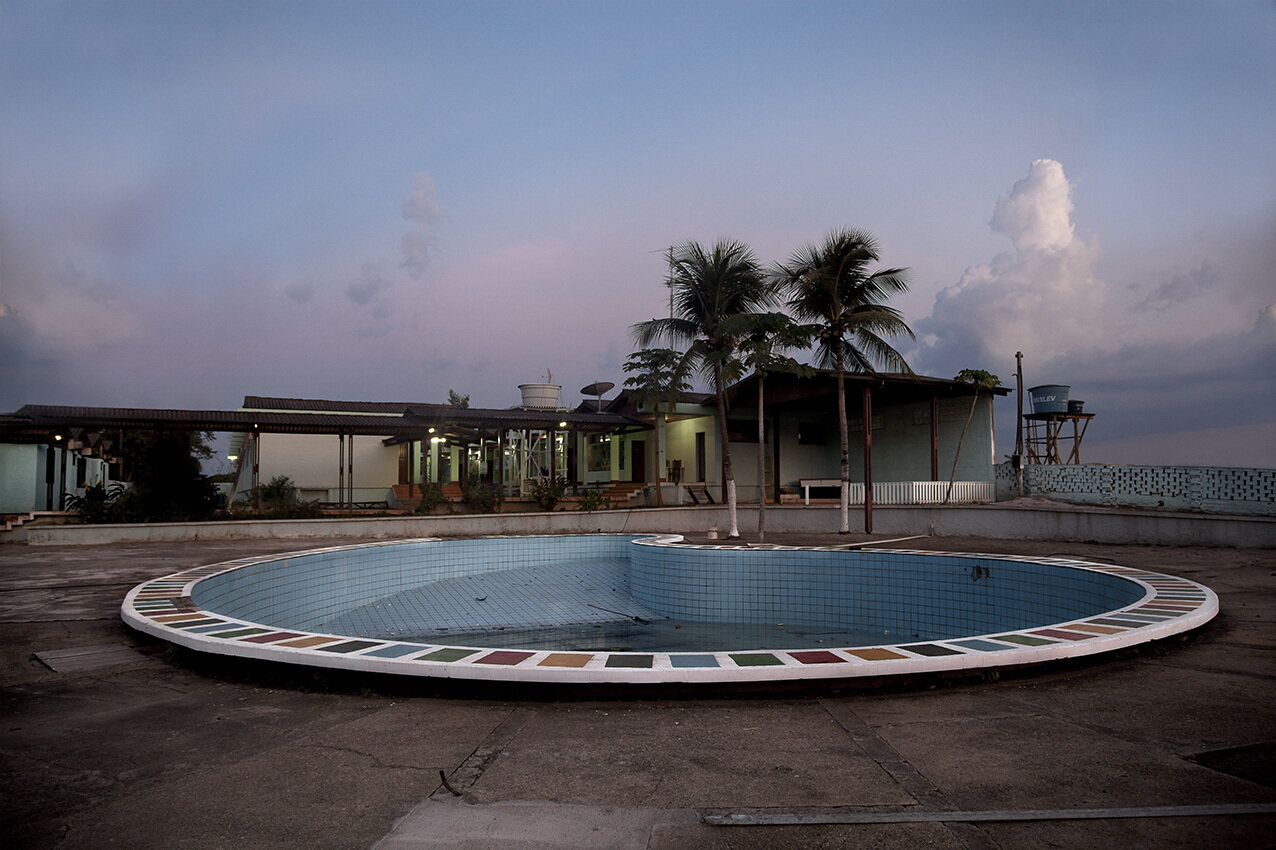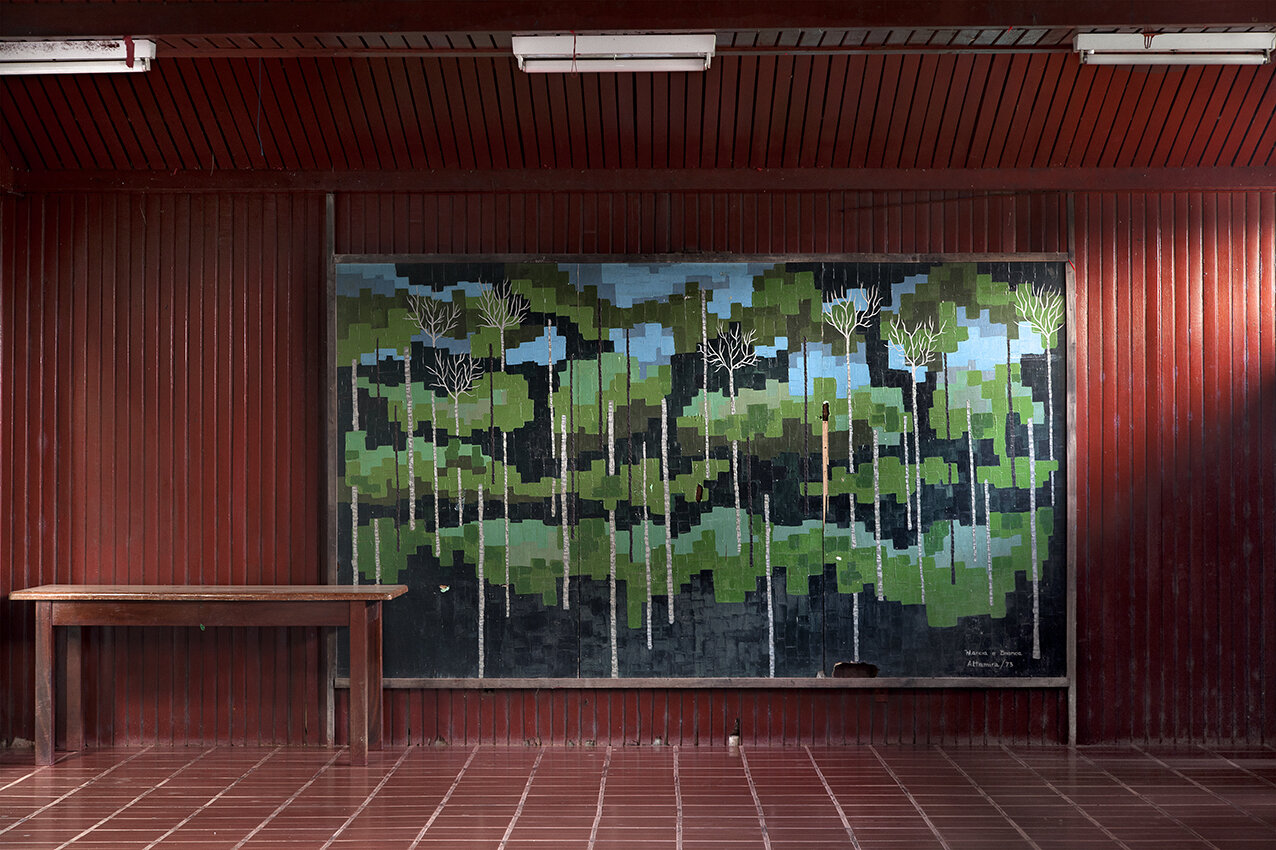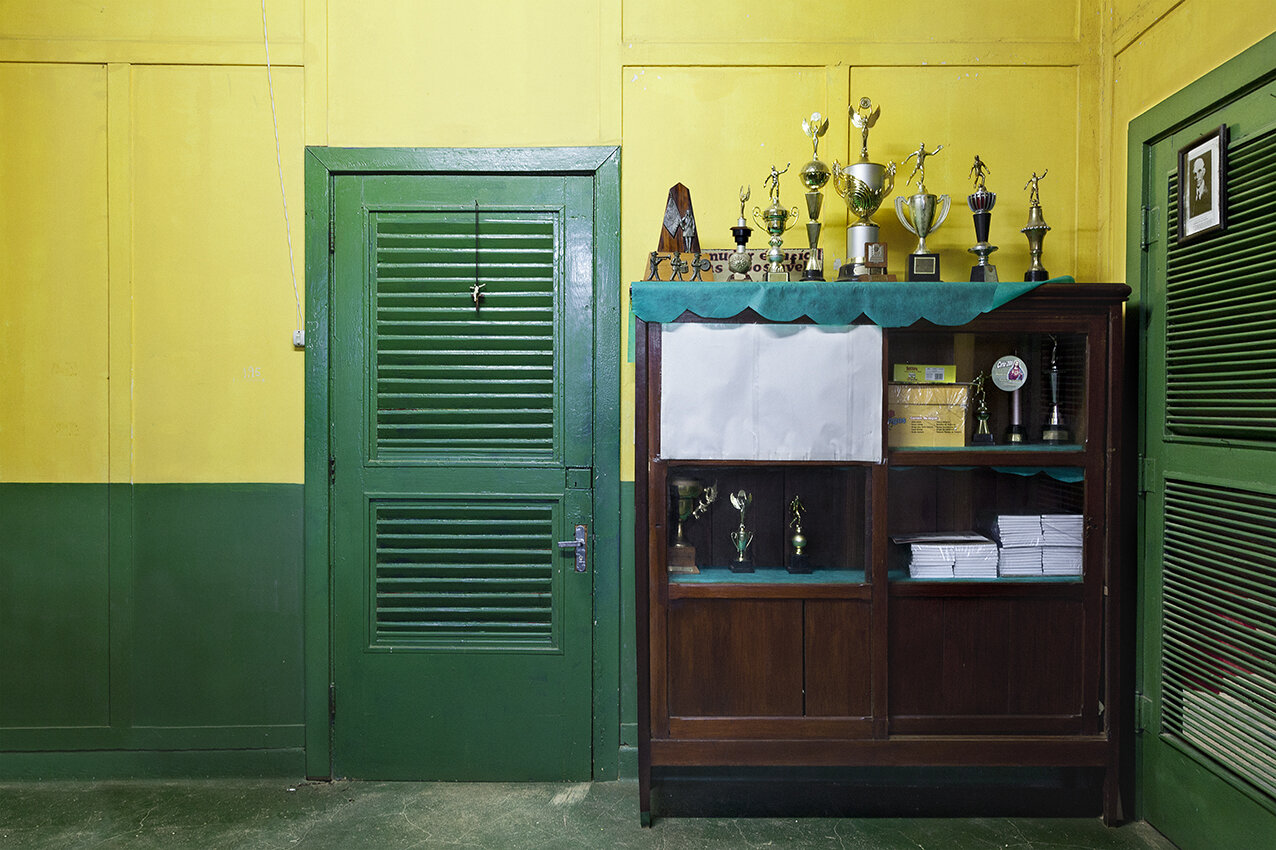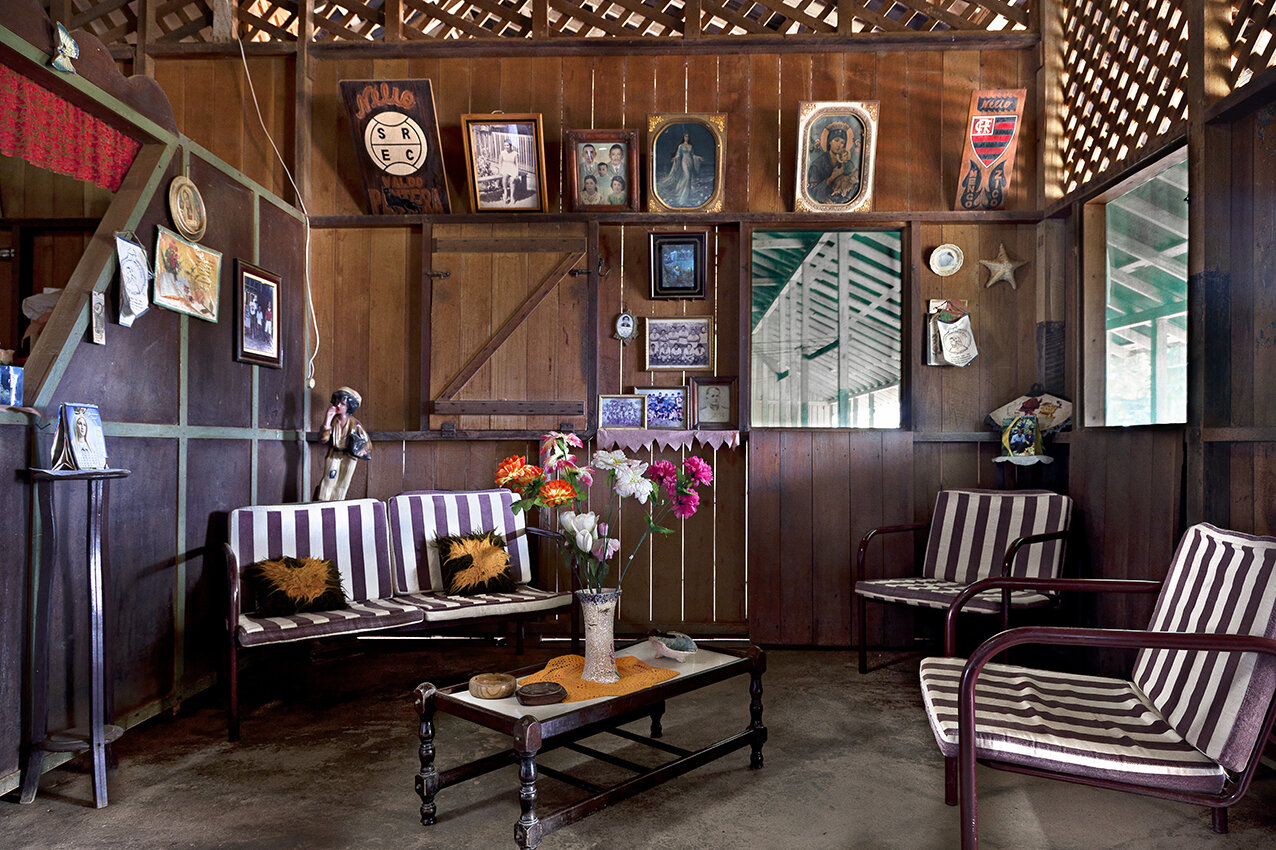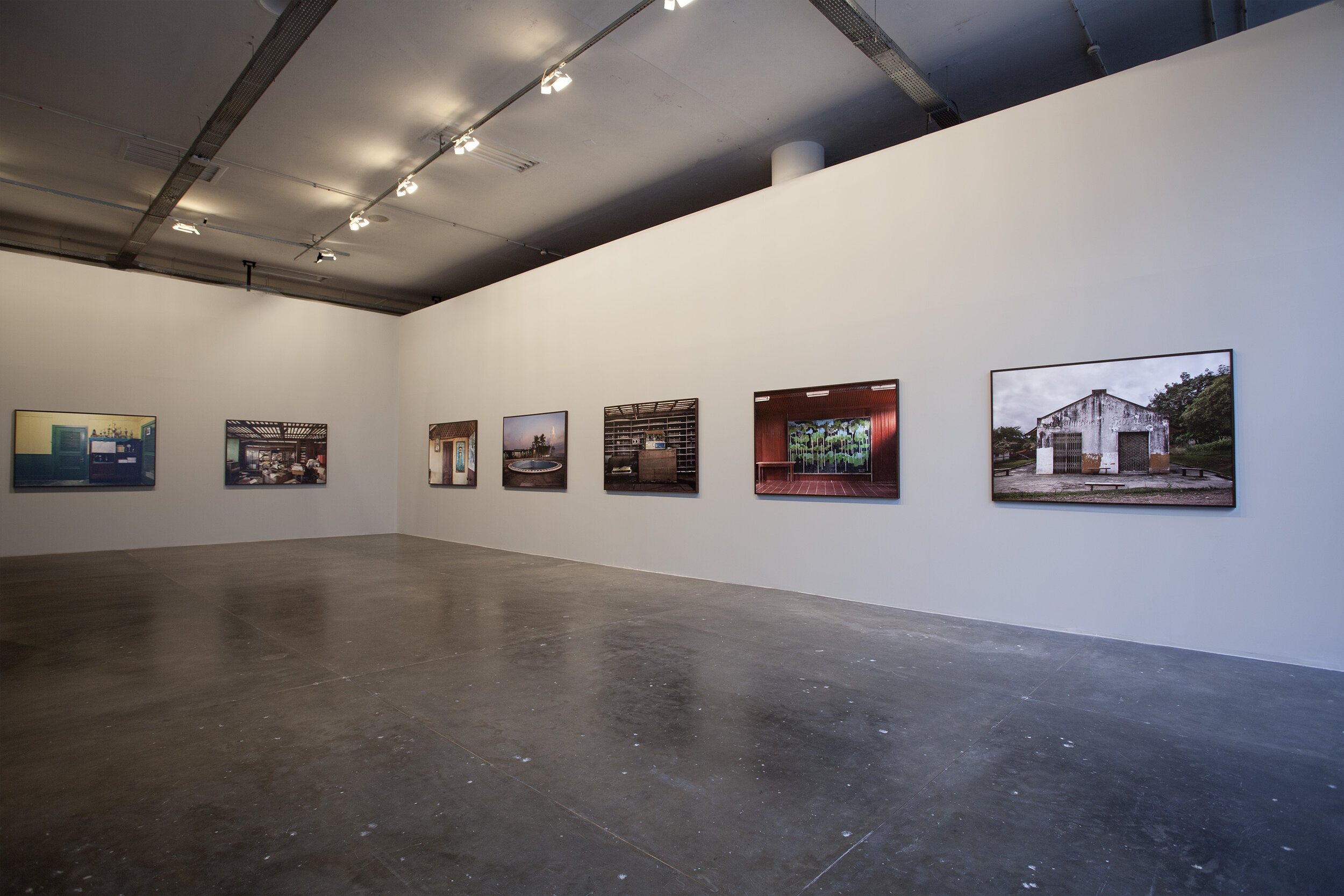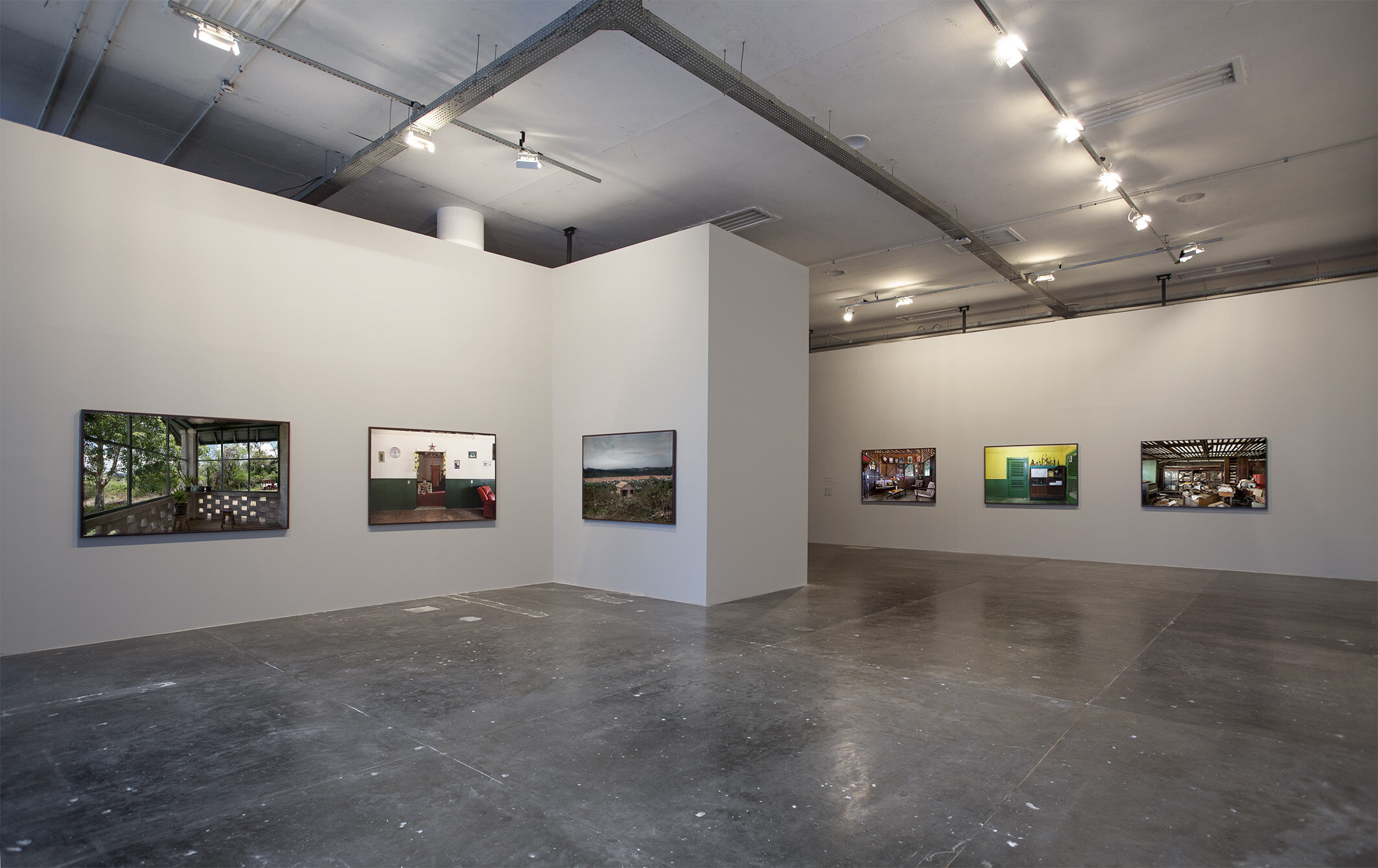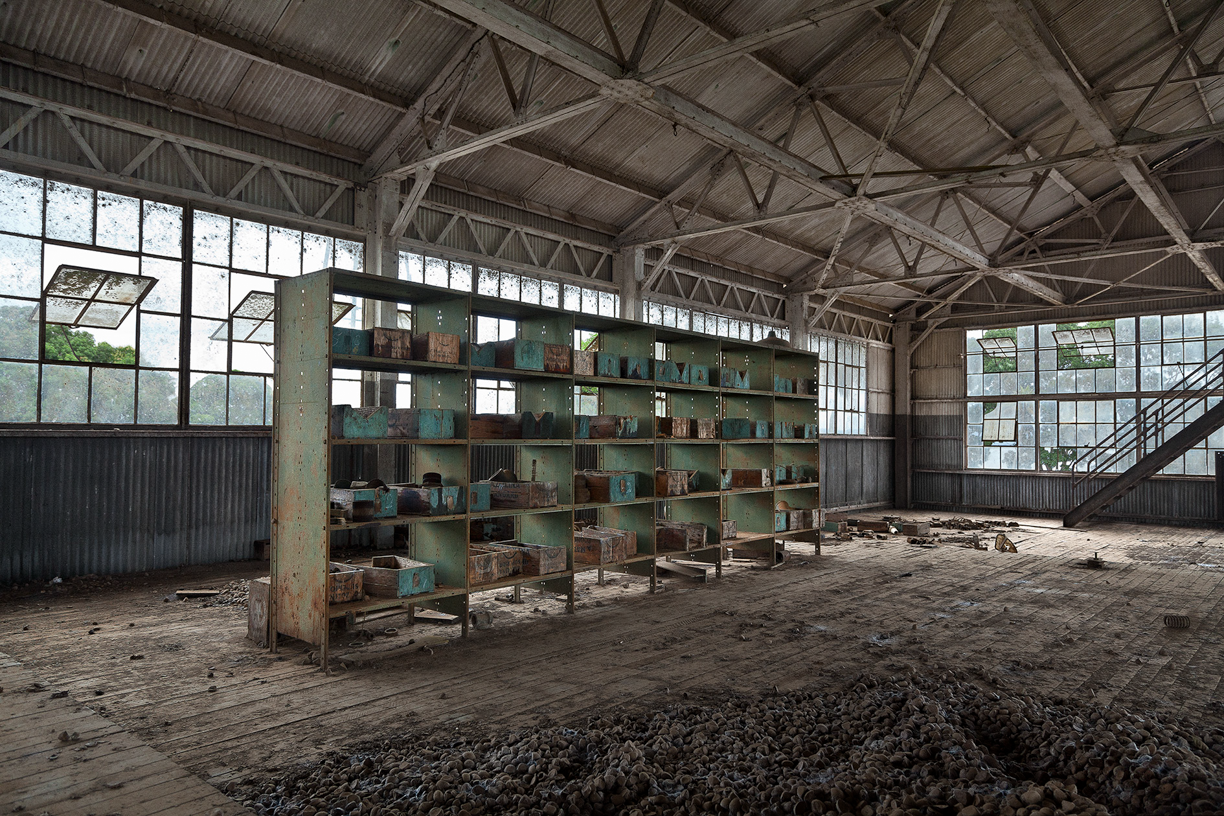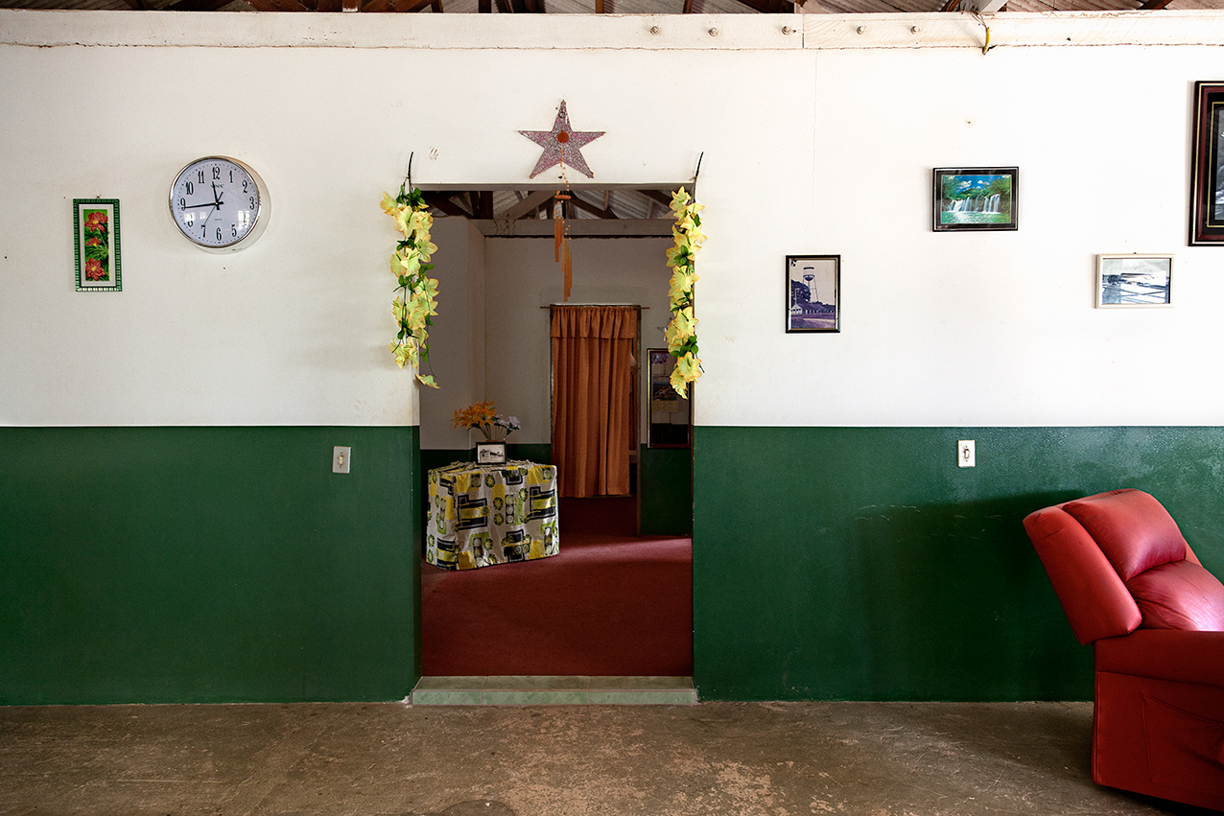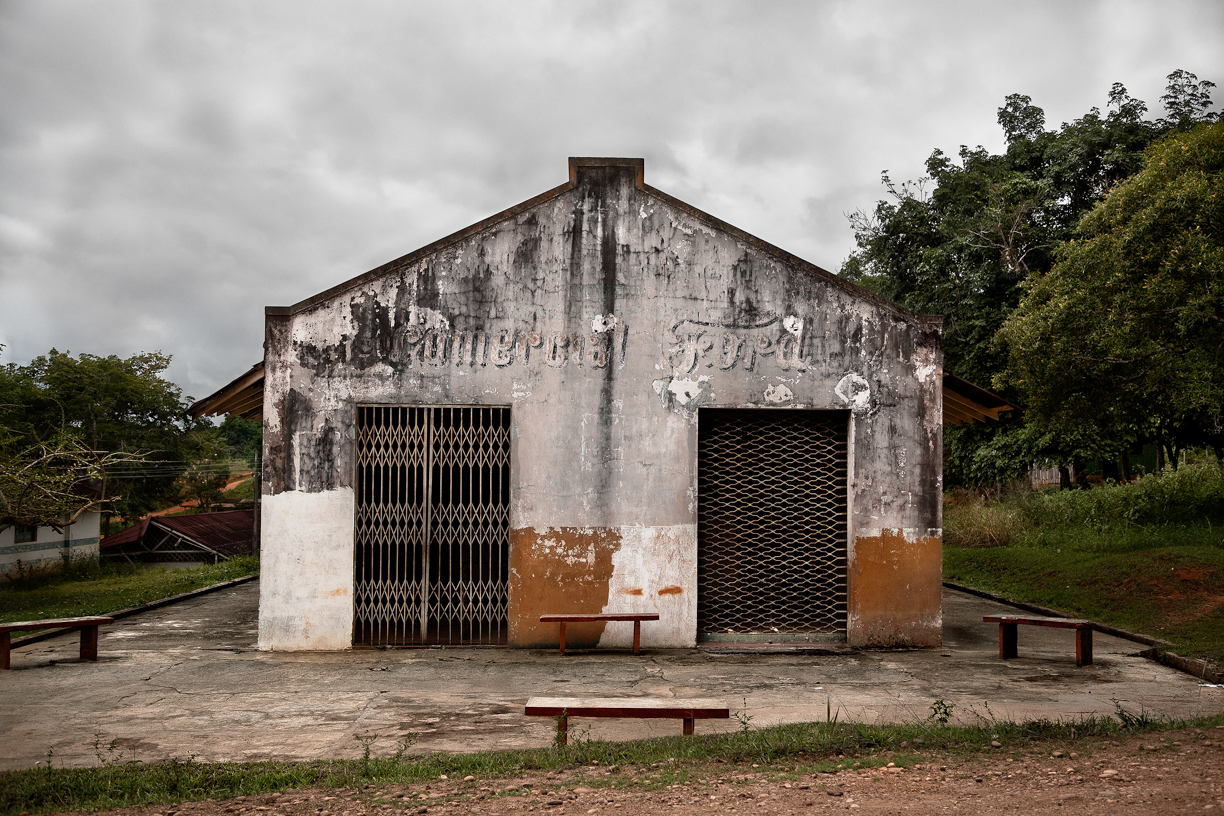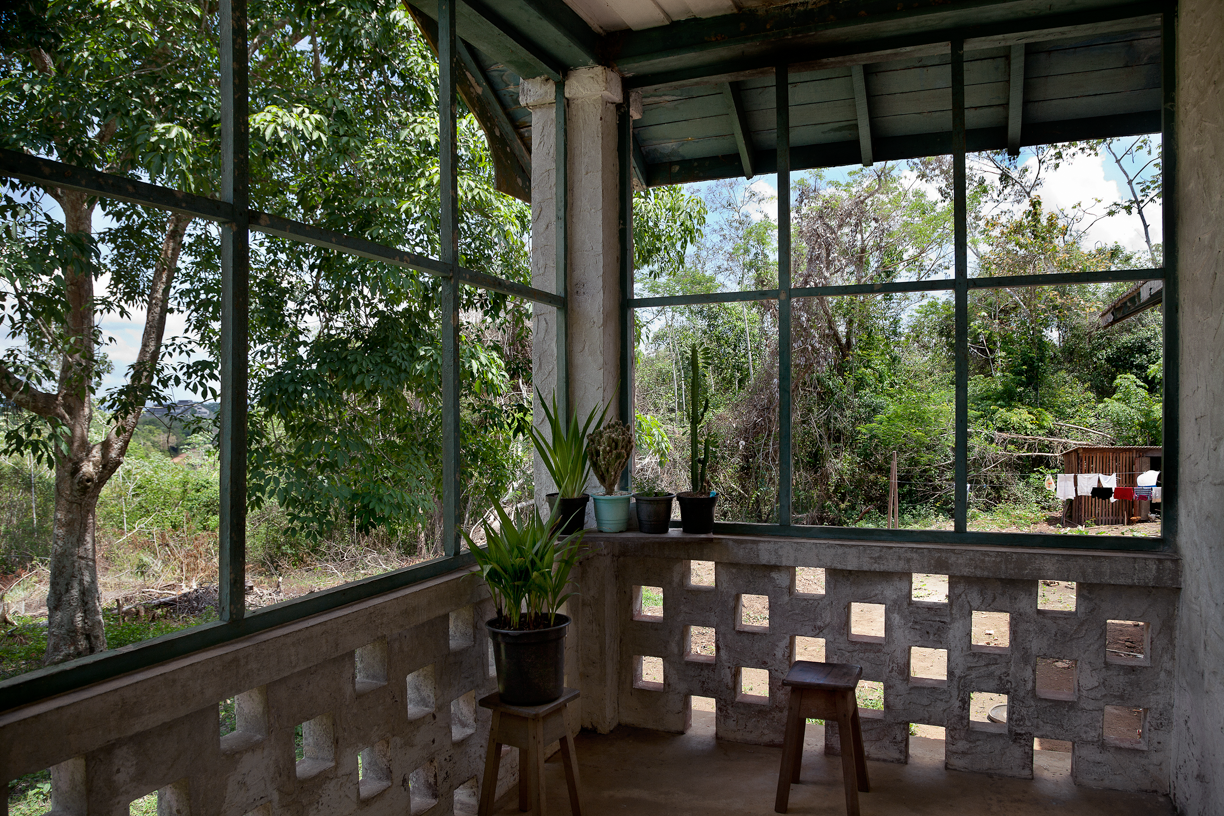A ÚLTIMA AVENTURA
2011-2014
A Rodovia Transamazônica, projetada para atravessar o Brasil de leste a oeste, começou a ser construída durante o governo militar de Emílio Garrastazu Médici (1969-1974). Fruto de uma estratégia do suposto “milagre econômico” brasileiro, o projeto prometia transformar a região do norte e nordeste do país, colonizando e tornando prósperas até as suas áreas mais remotas. A última aventura (2011-2014), revela a jornada de Romy por partes da rodovia de quase quatro mil quilômetros e ainda hoje inacabada. A artista registra os vestígios materiais e simbólicos do projeto faraônico, utópico e ufanista, rapidamente fadado ao abandono e ao esquecimento.
The Trans-Amazonian Highway, whose construction began during the military government of Emílio Garrastazu Médici (1969-1974), had been designed to longitudinally cross the country from East to West. The offspring of a political strategy nurtured by the dictatorship during the so-called Brazilian "economic miracle", the implementation of the road symbolized the possibility of national colonization and integration, advancing a large and modern Brazil into the status of a world power. The Last Adventure (2011-2013) reveals Romy’s journey through parts of the almost four-thousand-kilometer highway that is today unfinished. The artist photoghaphs the remains of material and symbolic evidence from a pharaonic, utopian, boastful project which quickly faded into oblivion and abandonment.
